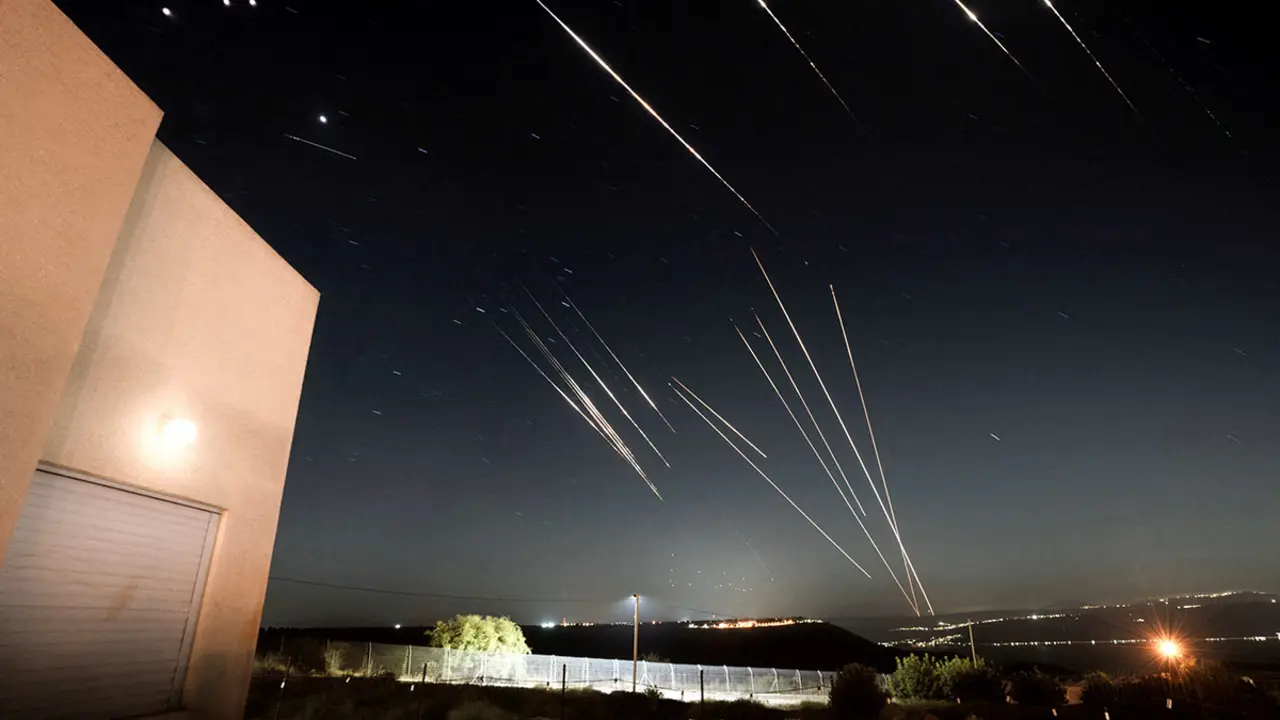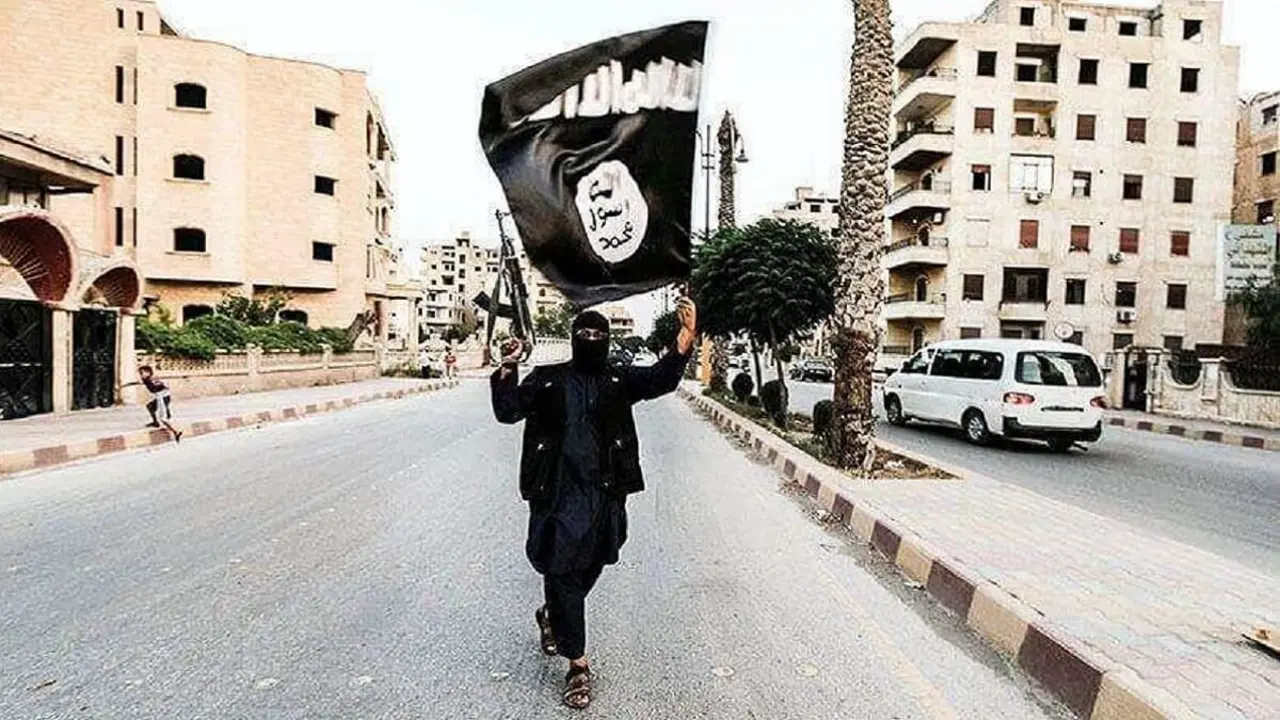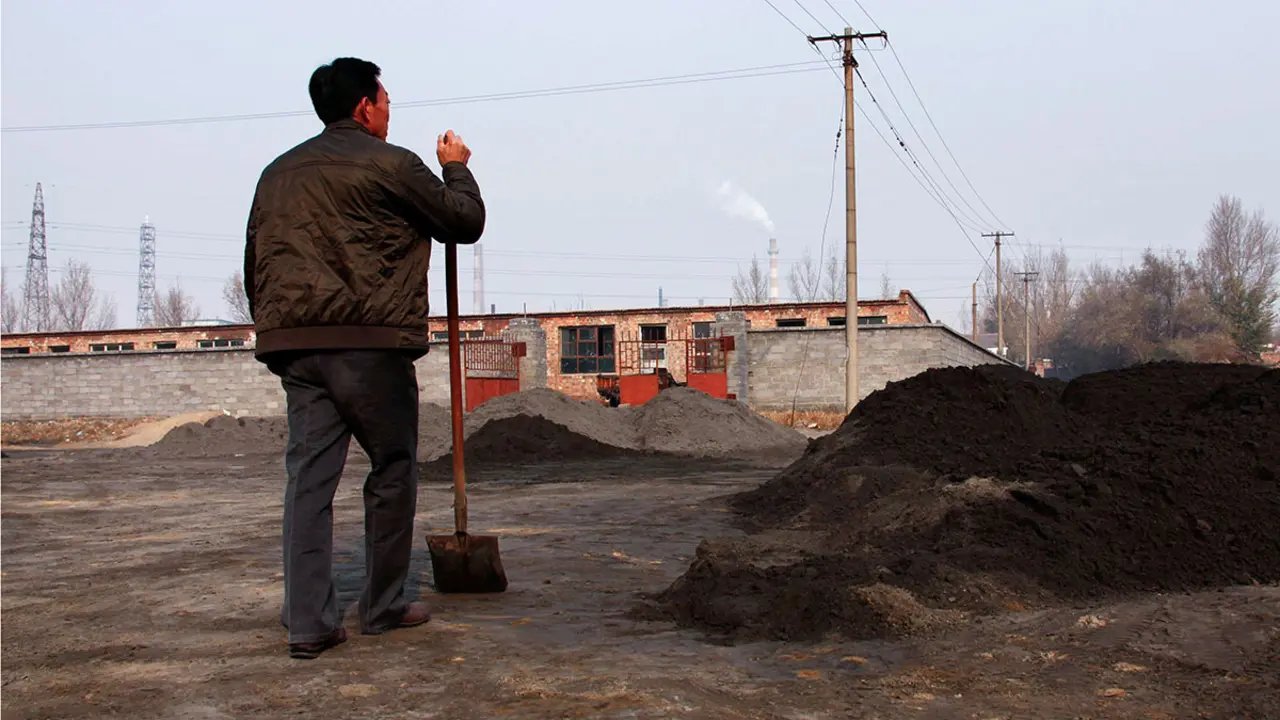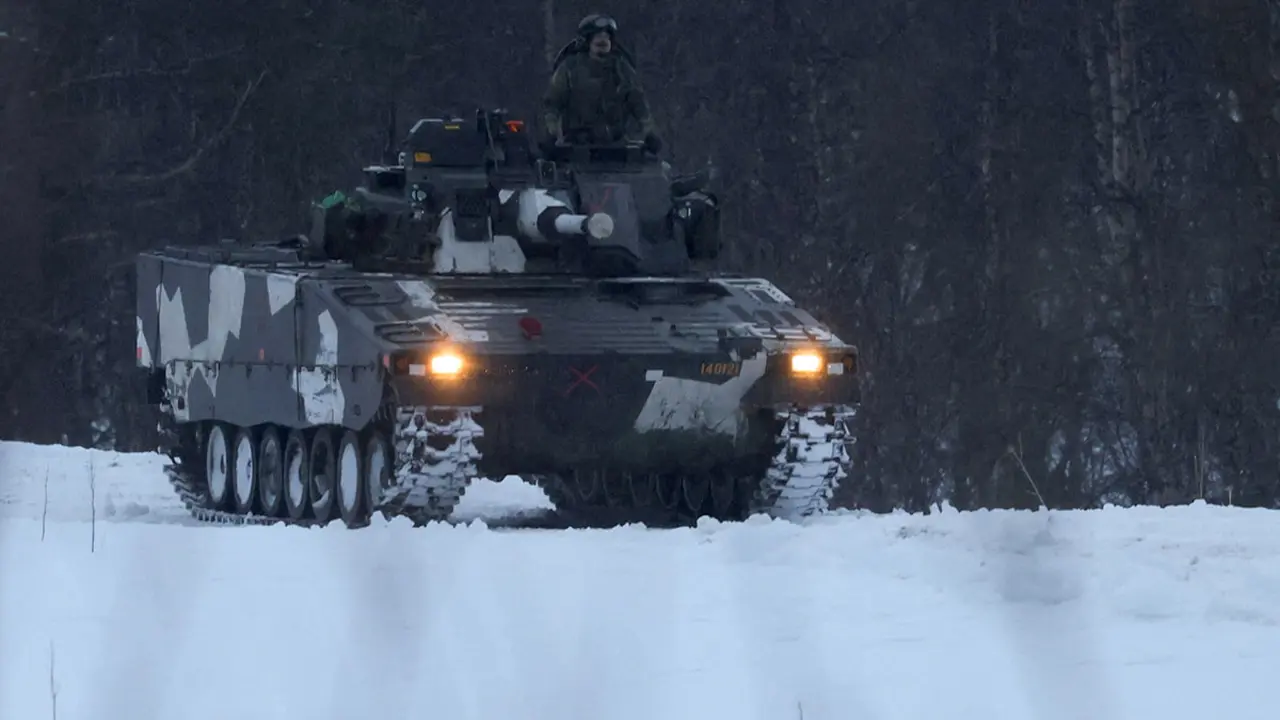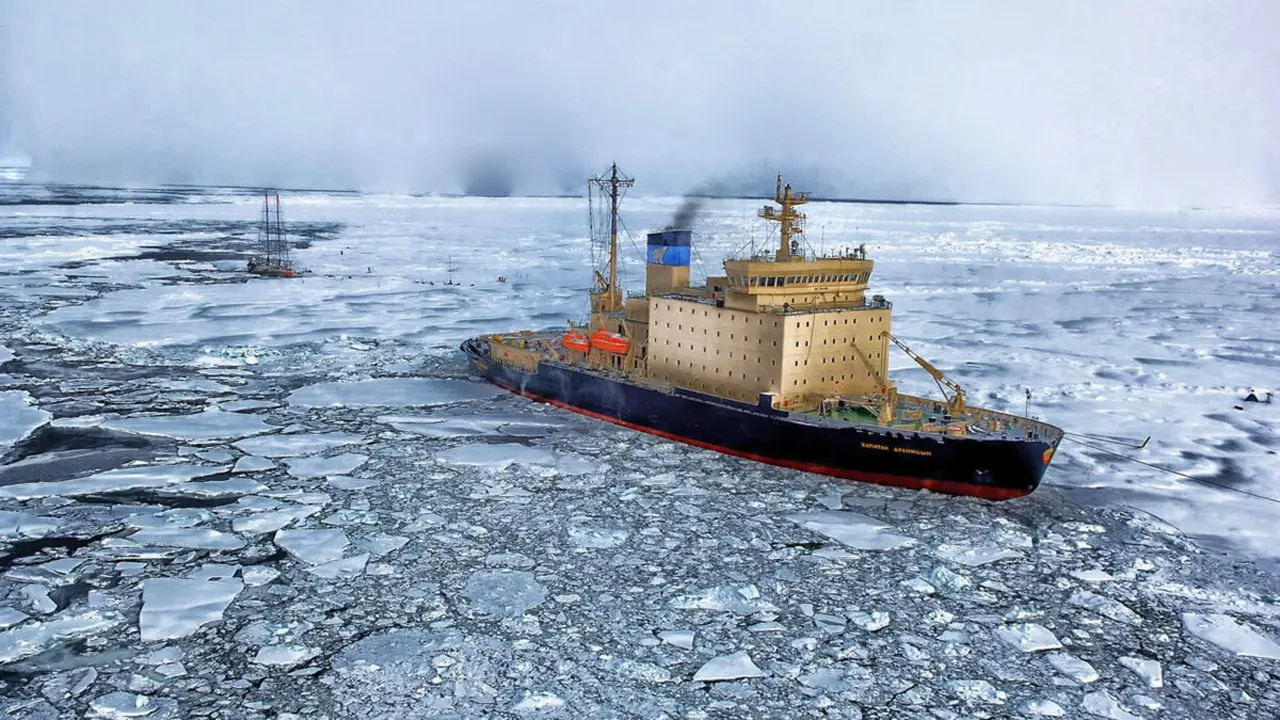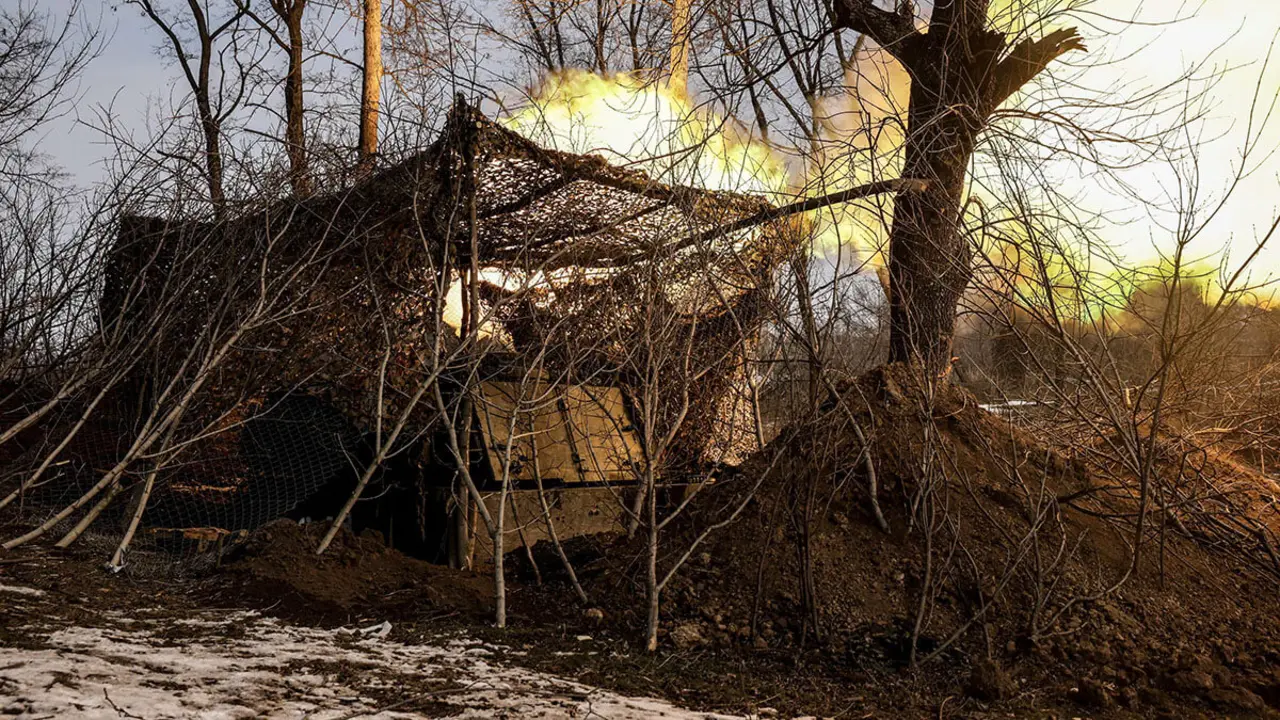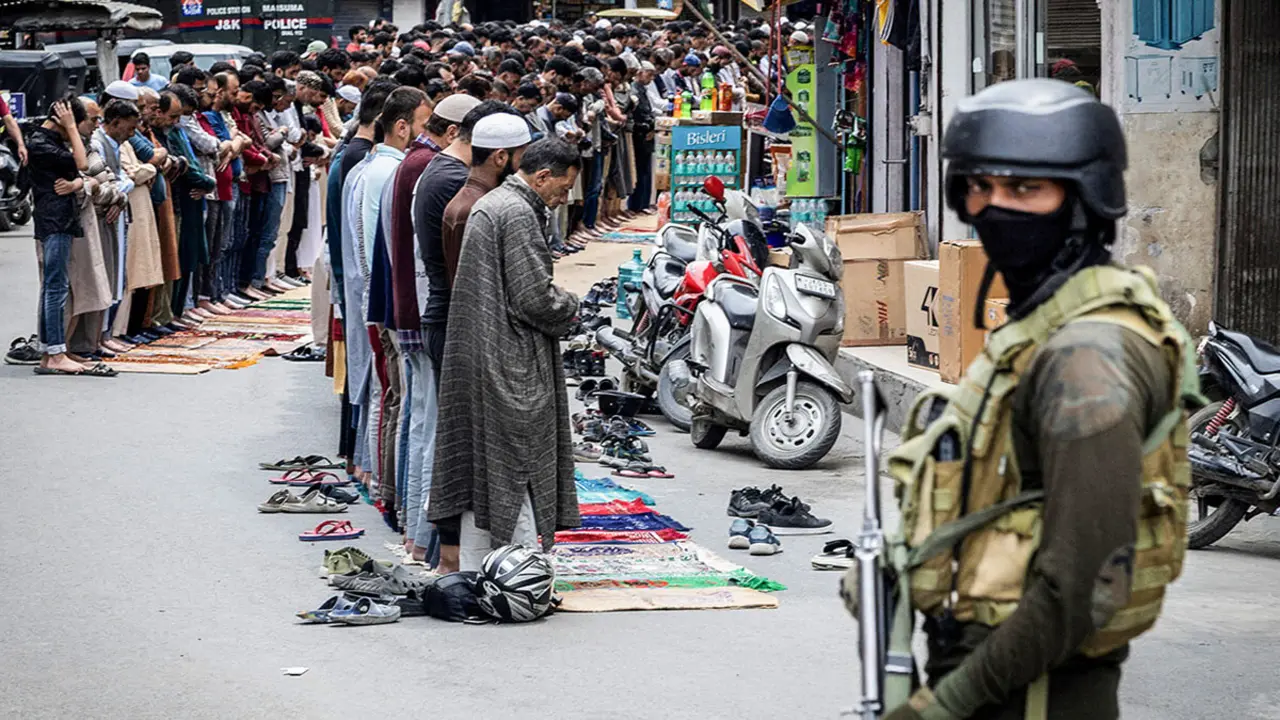Odesa bajo el toque de queda por los ataques aéreos
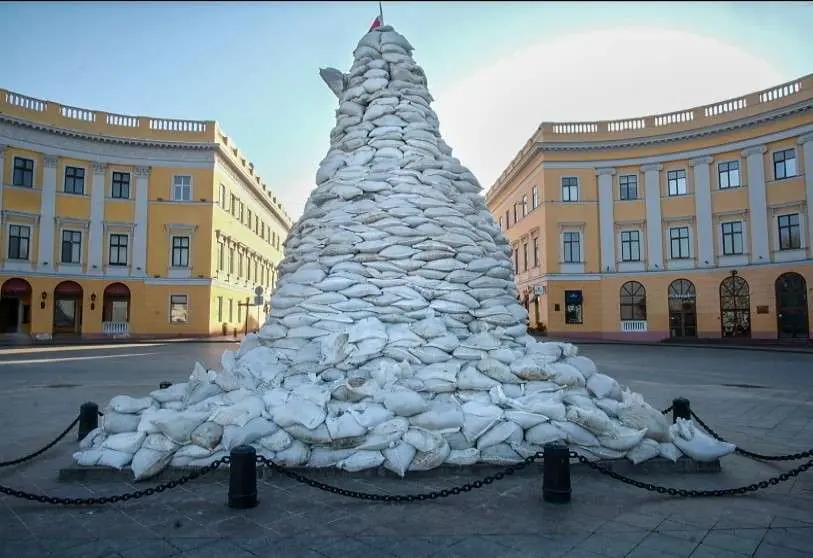
María Senovilla, special envoy in Odessa (Ukraine)
The hundreds of Odessa residents strolling around the railway station on Friday afternoon were stunned to see a cruise missile pass over their heads amidst a thunderous whistle. It drew a trajectory in a perfectly straight line to the west, and ten seconds later the impact was heard.
The faces of everyone who stared up at the sky for those few seconds reflected a mixture of surprise and disbelief. Many of them grabbed their children by the arm and hurried away, scattering in different directions. Others took several minutes to react. There was no running, but silence enveloped everything.
The missile must have hit more than 15 kilometres away, for the time it took before the detonation was heard. But the anti-aircraft sirens went off all over the city. Two hours later the mayor of Odessa decreed an extended curfew, from Saturday until Monday, in the style of those imposed on the city of Kiev in the worst days of the siege.

RUSSIA STEPS UP ATTACKS ON THE SOUTHERN FRONT
It was the second attack in less than 24 hours. At the stroke of midnight on Thursday, Vladimir Putin's army launched three more intercontinental missiles from Crimea that hit the town of Krasnoselka, very close to the capital. Despite the distance, the explosions were clearly heard throughout Odessa's neighbourhoods.
The Governor of the region, Maxim Marchenko, reported the following day that there were dead and wounded, including a 27-year-old Ukrainian. Russian Defence Ministry spokesman General Igor Konashenkov said that "a training centre for foreign mercenaries and numerous military vehicles" had been destroyed. The centre was located on the coast of the Kuyalnitsky estuary, very close to the Kulindorovo train station in the north.
The shelling follows the bombing of the refinery on Sunday. And they are the first attacks on Odessa to use this type of long-range, precision-guided missile - which can travel more than 1,000 kilometres - known as a kalibr.
Unlike the artillery that has been fired on previous occasions from Putin's ships stationed in the Black Sea, kalibrs are launched from land. Specifically from the Crimean peninsula, annexed by Russia on 18 March 2014.
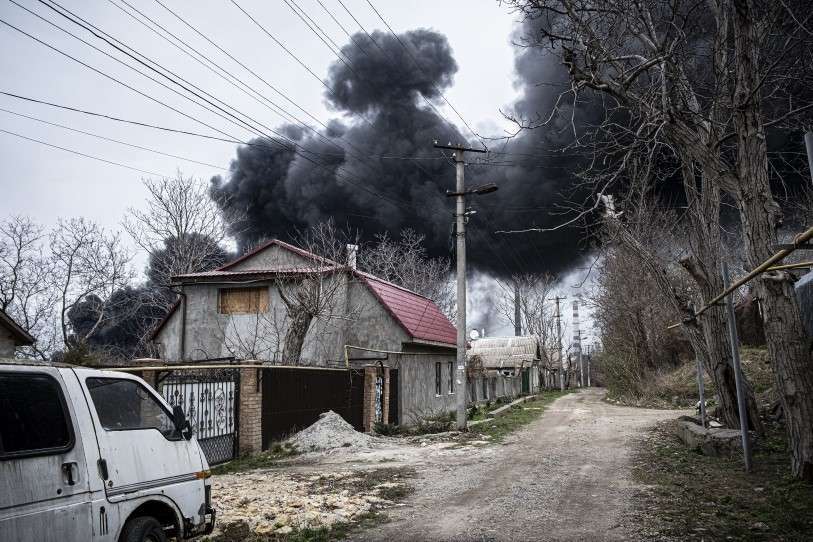
PARADIGM SHIFT
Ukrainian Interior Ministry spokesman Vadym Denisenko said this morning that "it cannot be ruled out that the aggressor's [Russia's] next targets will be Odessa and Kiev", which would be a step backwards in Vladimir Putin's puzzling strategy in this war.
After announcing that he was going to withdraw his troops to the east and concentrate the offensive in the Dombas region, it is hard to understand why he is now turning his attention back to these cities - which he failed to take weeks ago.
The Governor of Mikolaiv, Vitaly Kim, has also spoken out in this regard, warning that the Russian army is regrouping on the southern front. Visibly concerned, Kim warned that they have seen a worrying number of military vehicles on the roads around Kherson - the only town the Russians currently have in full control.
These reinforcements are reportedly entering by land from Crimea and positioning themselves at the gates of Mikolaiv. There are only two explanations for this move: that Putin is preparing a "safe" withdrawal to the east of the country, or that he is preparing a more powerful counter-offensive against Mikolaiv.

THE RESISTANCE
The Mikolaiv front line is the one that contains Russian troops on the ground as they advance towards Odessa, just 135 kilometres away. Here the Ukrainian Armed Forces were making considerable gains, pushing the enemy positions back several kilometres.
However, with the increased shelling they have received this week - some of it right in the centre of the city, at the time when civilians were doing their shopping - the stability they have achieved could be in jeopardy.
In Odessa, before the start of this prolonged curfew, the city dedicated a minute's silence to the victims. A silence that will last throughout the weekend, and which means a new halt for the local economy, which had been reactivated in recent days with the reopening of local businesses.
It will be two days full of unknowns as we await Putin's next moves, as he has shown himself to be unpredictable. And it is likely that the Ukrainian armed forces will also take the opportunity to reorganise their strategy for a possible Russian counter-offensive against the Odessa-Mikolaiv axis.

